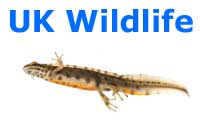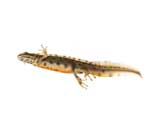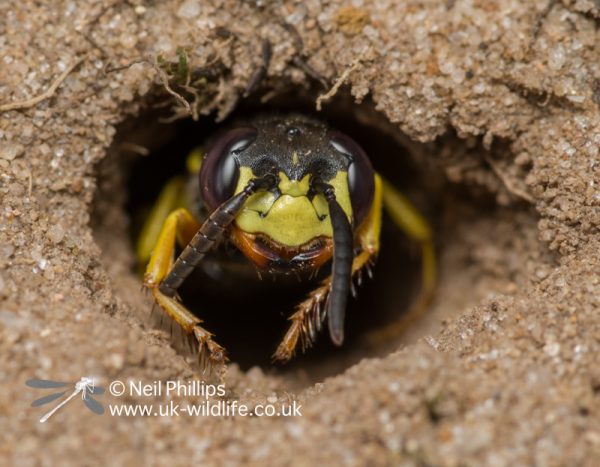Insect week day 1: Bee-wolf
Ive decided to write about one of my favourite invertebrates for each day of National Insect week. First up its the Bee-wolf Philanthus triangulum This is one of our largest species of solitary wasp (up to 18mm) that that hunts honey bees, which is the origin of the name bee-wolf (also sometimes referred to as…


